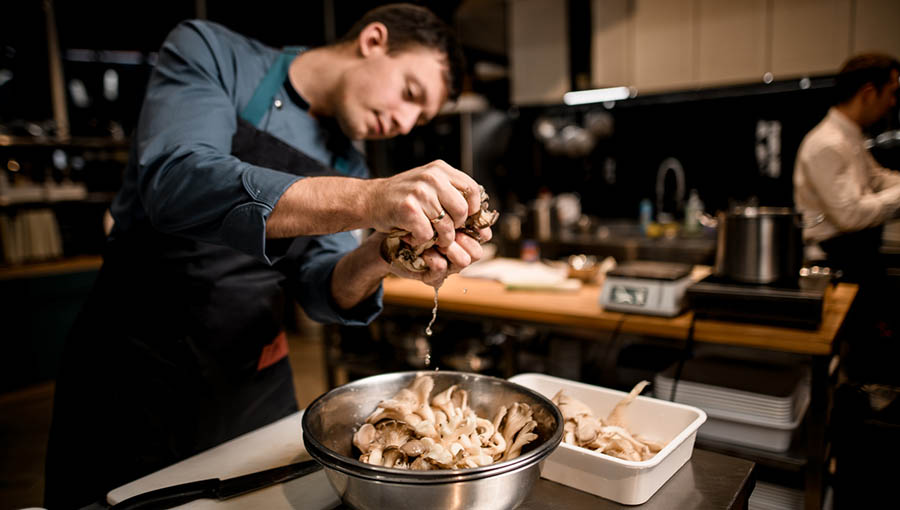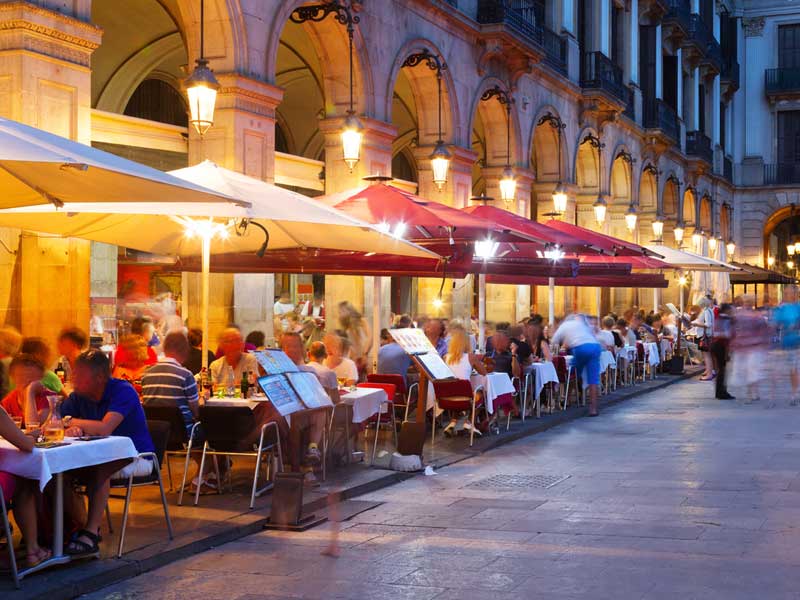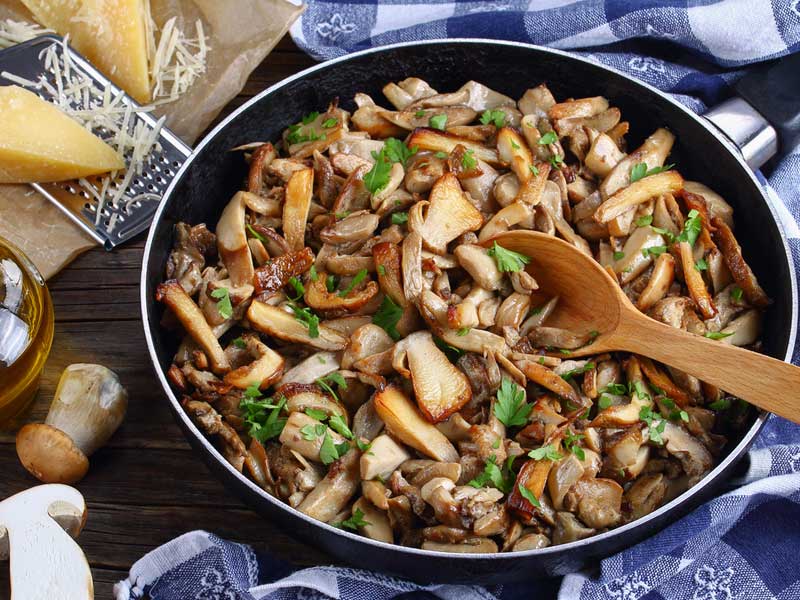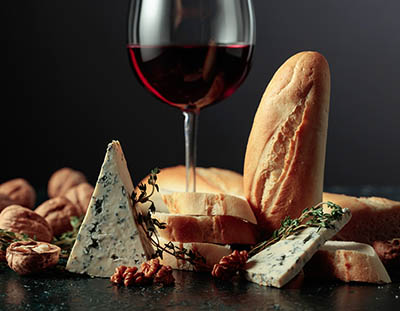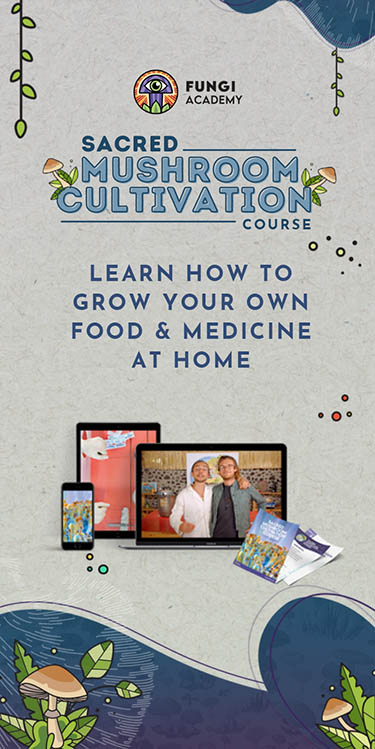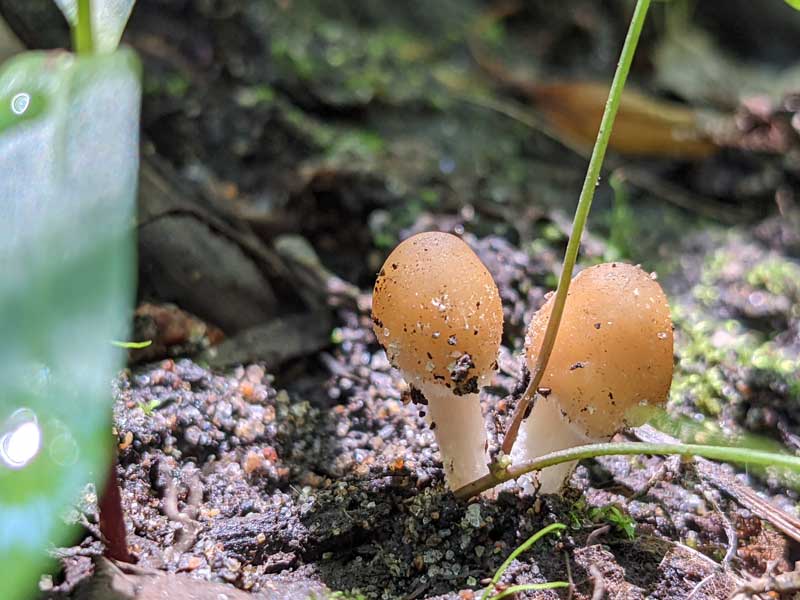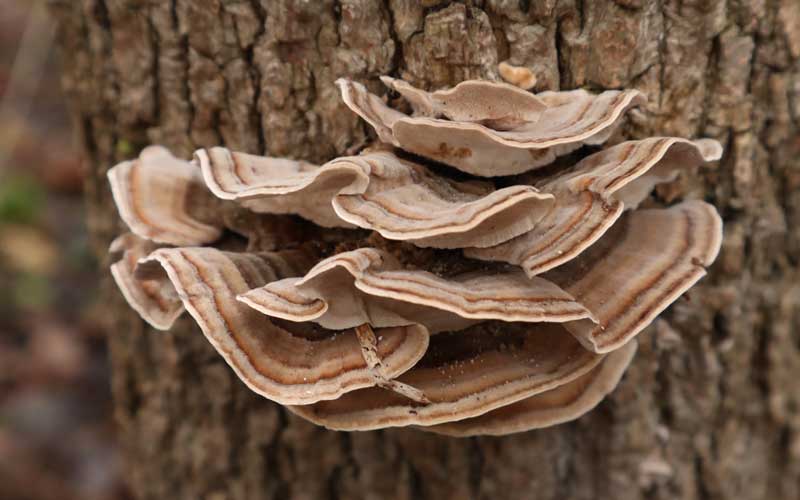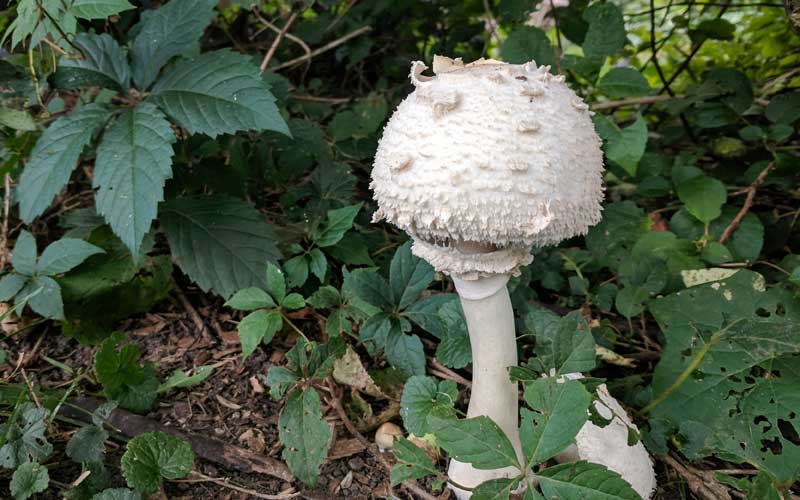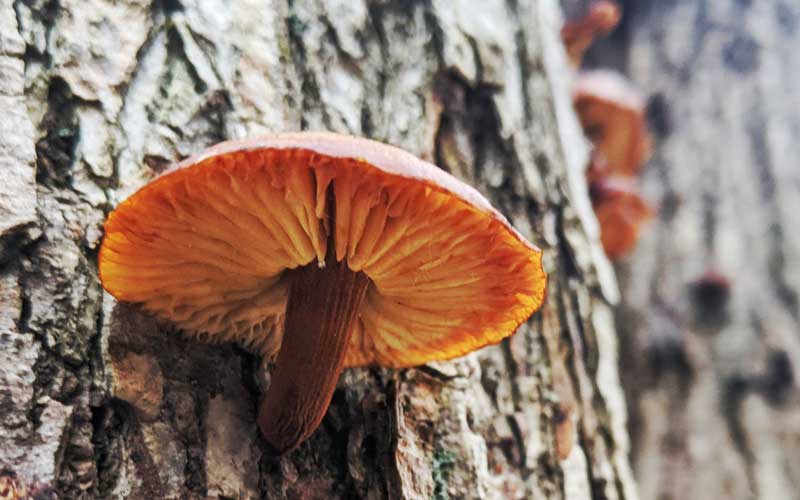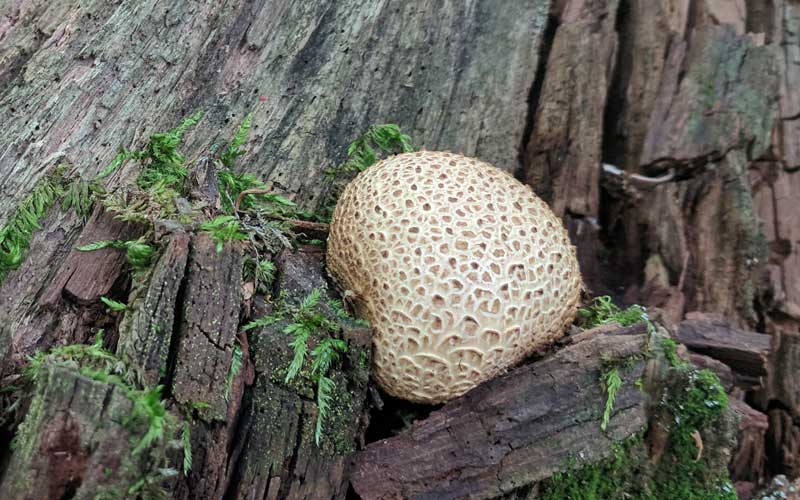- Home
- In the Kitchen
- Mushrooms Contemporary Cuisine
The Influence of Mushrooms on Gourmet Contemporary Cuisine
In the world of contemporary cuisine, mushrooms have taken center stage as versatile, flavorful, and sustainable ingredients. Once relegated to the background as mere toppings or garnishes, mushrooms are now celebrated for their unique textures, umami richness, and nutritional benefits.
This culinary revolution has seen mushrooms shaping contemporary cooking trends and sparking innovative gastronomic creations, captivating chefs and food enthusiasts alike.
From Foraged Finds to Gourmet Delicacies
The journey of mushrooms from the forest floor to the finest dining tables is a testament to their growing culinary importance. Historically, foraging for wild mushrooms was a tradition in many cultures, with knowledgeable gatherers seeking out prized varieties like chanterelles, morels, and porcini. These mushrooms, with their distinct flavors and aromas, were cherished ingredients in traditional dishes.
Today, the allure of wild mushrooms has found its way into gourmet kitchens. Chefs are sourcing rare and exotic mushrooms to add depth and complexity to their menus. The earthy, nutty notes of morels complement rich sauces and roasted meats, while the delicate, floral flavor of chanterelles elevates simple pasta dishes to new heights.
This resurgence of foraging has also inspired a deeper connection to nature and a respect for the seasonality of ingredients, further enriching the culinary experience.
The Umami Powerhouse
One of the key reasons mushrooms have gained prominence in modern cuisine is their remarkable umami flavor. Often described as the fifth taste, umami adds a savory, mouth-watering quality to dishes, enhancing the overall flavor profile. Mushrooms, especially varieties like shiitake, maitake, and porcini, are rich in natural glutamates, the compounds responsible for umami.
In the quest for bold and satisfying flavors, chefs are turning to mushrooms as a natural umami booster. They are used in broths, stocks, and sauces to add depth and richness without relying on artificial additives. The versatile texture of mushrooms also makes them a popular meat substitute in plant-based cooking.
Portobello mushrooms, with their meaty consistency, are often grilled or roasted as a satisfying alternative to burgers or steaks. The umami punch provided by mushrooms allows chefs to create dishes that are both hearty and health-conscious, appealing to a growing audience of vegetarians, vegans, and flexitarians.
Culinary Innovations and Sustainability
The influence of mushrooms on modern gastronomy extends beyond traditional cooking methods. The rise of molecular gastronomy and experimental cuisine has opened up new possibilities for mushrooms, pushing the boundaries of culinary creativity. Chefs are using techniques like fermentation, dehydration, and smoking to transform mushrooms into unexpected forms and flavors.
For instance, dehydrated mushroom powders are used to infuse dishes with concentrated umami, while smoked mushrooms add a complex, woody aroma to soups and stews.
Fermented mushroom products, such as tempeh and miso, bring a tangy depth to sauces and marinades. These innovative applications highlight the adaptability of mushrooms and their potential to surprise and delight diners.
Moreover, mushrooms are gaining recognition for their environmental benefits. As a sustainable crop, they require less water and land compared to traditional livestock farming. The use of agricultural waste as a growing medium for mushrooms further enhances their eco-friendly appeal.
This sustainability aspect resonates with the increasing demand for ethical and environmentally conscious dining options.
A Global Culinary Phenomenon
The mushroom mania is not confined to any single cuisine or region. Across the globe, cultures are embracing mushrooms in their culinary traditions and reinventing them in contemporary dishes.
In Asia, mushrooms like shiitake, enoki, and king oyster are staples in soups, stir-fries, and hot pots. In Europe, truffles and wild mushrooms are celebrated in gourmet dishes, from risottos to savory tarts. Even in Latin America, where mushrooms were once less prominent, innovative chefs are incorporating them into vibrant, fusion cuisine.
This global embrace of mushrooms has fostered a culinary exchange, where traditional uses inspire new interpretations and vice versa. The cross-pollination of ideas and techniques enriches the gastronomic landscape, making mushrooms a unifying element in the ever-evolving world of food.
Concluding thoughts…
Mushrooms have truly transformed from humble forest fungi to culinary superstars. Their influence on modern cuisine and gastronomy is profound, shaping cooking trends with their umami power, versatility, and sustainability.
As chefs continue to explore the potential of mushrooms, diners can look forward to a future filled with innovative, flavorful, and environmentally friendly culinary delights.
Whether foraged or farmed, mushrooms are here to stay, captivating our taste buds and enriching our plates in ways we are only beginning to discover.
Related Topics:
Interviews with international chefs who love to cook with mushrooms.
A series of interviews with chefs from around the world, all of whom love to create amazing dishes with mushrooms. The interviews...
Original mushroom recipes shared by mushroom lovers from around the world
These mushroom recipes include home-cooked favorites, plus exotic dishes from famous chefs who love to cook with mushrooms. The recipes...
If you love beer, wine, bread and cheese, say thank-you to fermentation and fungi.
Staple foods and drinks like bread, cheese, wine and beer wouldn’t be possible without fungi-powered fermentation. Read the full article...
